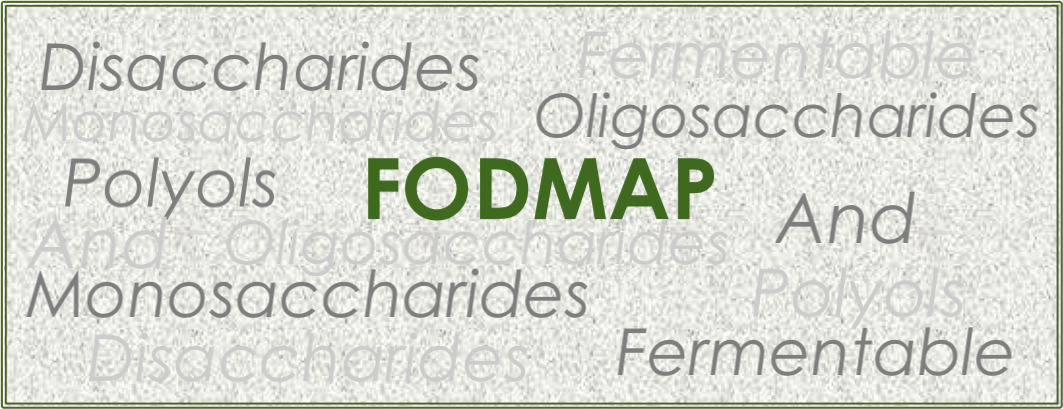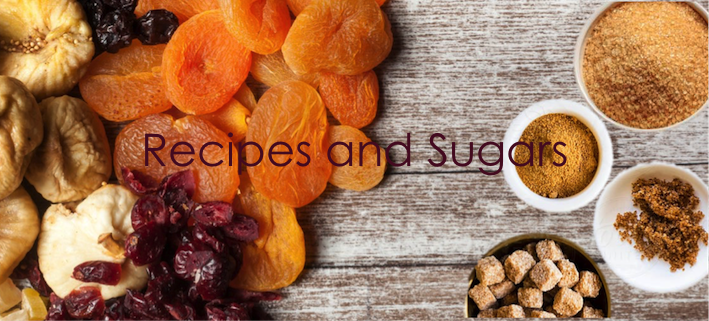Hi, today’s topic is the low FODMAP diet.
Now I have seen the odd reference to this diet in the past but not really taken any notice. During the last fortnight, Scott has been studying different diets and was talking about a FODMAP diet. A lady I know has also recently stated that she was on a low FODMAP diet.
As this term has started to crop up more often, I started asking Scott more questions. He suggested I do a bit more research and write about it. So I did.
What does FODMAP mean?
The word FODMAP is actually an acronym. FODMAPs are short chain carbohydrates and sugar alcohols that are poorly absorbed by the body, resulting in abdominal pain and bloating. In other words, they are indigestible sugars that provide fast food for bacteria.
They can occur in some foods naturally or as additives.
The acronym stands for:
Fermentable – rapidly broken down by bacteria in the bowel
Oligosaccharides – fructans and galacto-oligosaccharides (GOS)
Disaccharides – lactose
Monosaccharides – fructose
And
Polyols – sorbitol, mannitol, xylitol and maltitol
If this seems too wordy to get your head around, just remember that ‘saccharide’ is simply another word for sugar. Polyols are what we call sugar alcohols – sugar molecules with an alcohol side-chain. You may have heard of some of these sugars or seen them in ingredients lists.
These foods are not necessarily unhealthy products. Some of them contain healthy prebiotics that help stimulate the growth of beneficial gut bacteria. Many of them are otherwise good for you, but for some people, eating or drinking them causes gastrointestinal symptoms.
Who might benefit from a low FODMAP diet?
When FODMAPs are not absorbed well in the small intestine. They increase the amount of fluid in the large intestine (bowel) and they produce more gas.
Symptoms and signs that suggest you may be eating products high in these short chain carbohydrates are:
Gas
Pain
Bloating
Abdominal distention
Abdominal pain
Diarrhea (similar to IBS symptoms)
A feeling of fullness after consuming only a small amount of food or liquid.
What is a low FODMAP diet?
This diet cuts out many common foods that contain may contain high FODMAP foods.
Such as certain types of vegetables and fruits, beans, lentils, wheat, dairy products with lactose, high fructose corn syrup, and artificial sweeteners.They are eliminated or severely limited for 3-8 weeks, then gradually reintroduced into a low-FODMAP diet to see if they cause symptoms (elimination diet). It is not meant to be a permanent solution because is very restrictive.
The principle behind the diet is to give the gut a chance to heal, especially if you have gastrointestinal problems like IBS.
This diet may be difficult to follow. It is advisable to contact a health care professional, like a naturopath or a dietician to make sure that you are on the right track and getting enough dietary nutrients.
Till the next post,
Live Clean n Prosper


